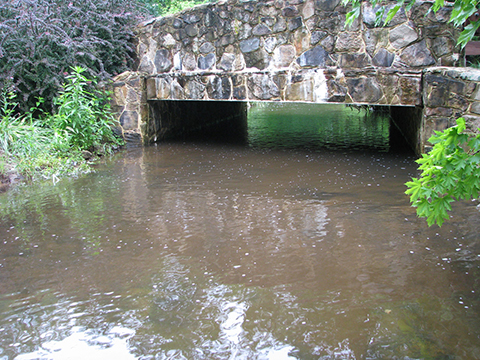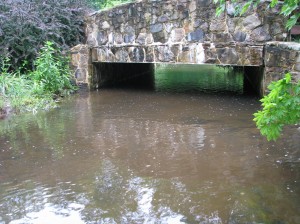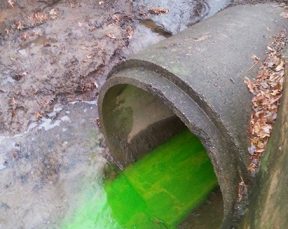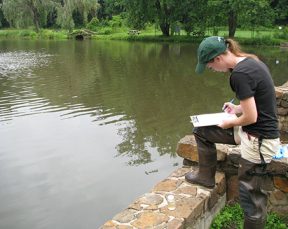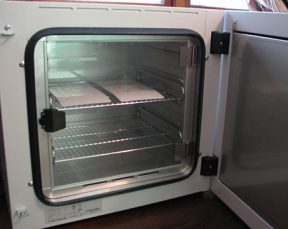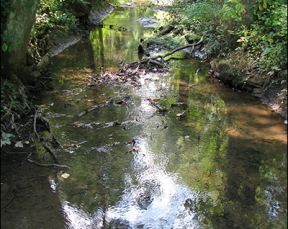Half way through our E. coli monitoring program, we have collected samples during varied weather conditions and seen some interesting E. coli levels as a result. Stormwater runoff can carry animal droppings on the ground into local streams, causing elevated E. coli concentrations. Additionally, rain can cause soil erosion and higher turbidity (poor water clarity). Bacteria can be killed by sunlight, so having low water clarity reduces the chances that bacteria in the water will be exposed to sunlight and die.
We saw the impacts of recent rains very clearly in the samples collected during our first week (July 15), most of which had very high E. coli counts. The second week, July 22, 2014, dry conditions allowed E. coli levels to decline across the board.
Last week, July 29, there was some rain across the region two days prior to sample collection. GSWA’s stream monitoring programs currently define storm conditions as 0.5” of rain in the 48 hours prior to monitoring. According to citizen rain monitors with the Community Collaborative Rain, Hail and Snow Network (CoCoRaHS), rainfall totals ranged from 0.27” to 0.85” in our region. While there aren’t rain gauges or weather stations at all of our monitoring sites, it appears that 5 sites met the official “storm” condition requirement.
Regardless of labels, any amount of rain can impact E. coli levels. Last week, 11 sites had increased E. coli counts compared to July 22, including 6 which did not meet NJ’s E. coli standard.
Some good news though; many of our sites met the state standard both on July 22 and July 29, 2014, including sites at Bayne Pond in Harding, along Loantaka Brook in Morris Township and Green Village, on Primrose Brook in Jockey Hollow, and at Cat Swamp Pond in Jockey Hollow. Notably, 4 sites have had E. coli levels below the state standard for all 3 weeks including the sites at the Somerset County Environmental Education Center (EEC) and PB4 on Primrose Brook in Jockey Hollow.
Click here to view the location descriptions and undated results.
